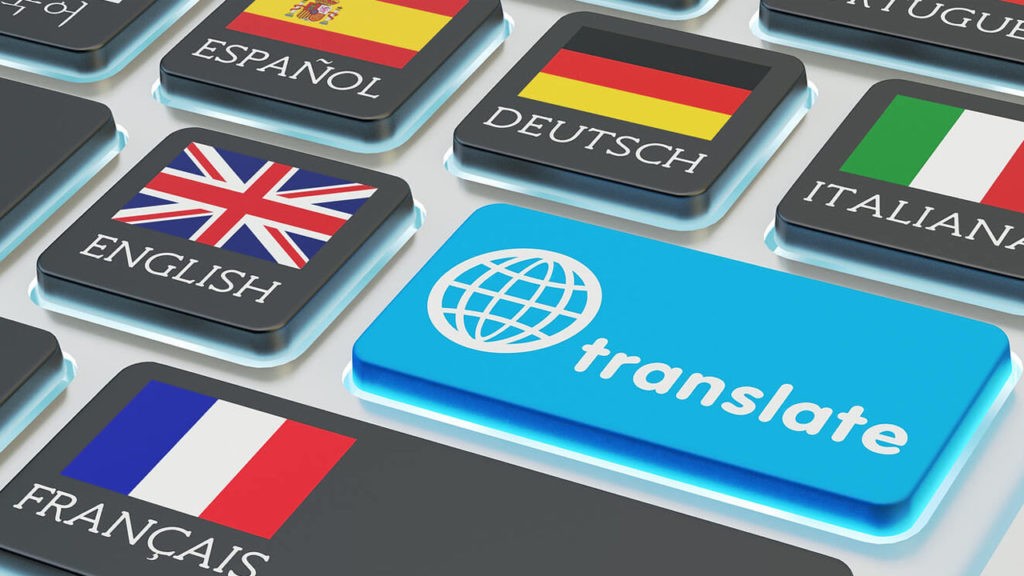Introduction
Translations in English can make the difference between a clear and a confusing message. To achieve effective communication, it is essential to apply the right techniques. In this article, we explore how to get accurate and natural translations. We will also discuss common mistakes and how to avoid them.

Tips for a Perfect Translation
Understand the Context
Each text has a different purpose. Understanding the message and the target audience is key. A legal document is not translated the same way as an advertisement. Every type of text has a specific tone, and maintaining it ensures a successful translation.
Avoid Literal Translations
Words may have different meanings in various contexts. Instead of translating word by word, focus on the general idea. Idiomatic expressions, for example, often lose their meaning when translated literally. “It’s raining cats and dogs” does not mean animals are falling from the sky, but that it is raining heavily.
Use Natural Phrases
English has different structures than Spanish. To make the text sound natural, follow the language’s grammar and expressions. A sentence in Spanish may be longer and more detailed, whereas in English, shorter and more direct sentences work better.
Check the Grammar
Mistakes in verb tenses, prepositions, or articles can affect translation quality. Reviewing grammar rules is essential. One common mistake is saying “I have went” instead of “I have gone.”
Consider Cultural Differences
English translations should adapt to the cultural context. Expressions, references, and tones vary depending on the country and audience. For example, British and American English have differences in vocabulary and grammar. “Football” in the UK means soccer, while in the US, it refers to American football.
Use Translation Tools
Bilingual dictionaries, grammar checkers, and AI tools can enhance the quality of the translated text. However, these tools should be used carefully, as they do not always offer the best option. Google Translate can help, but it does not replace human knowledge.
Common Translation Mistakes
- Omitting important keywords.
- Keeping expressions that do not make sense in English.
- Not checking grammar or spelling.
- Ignoring the original text’s tone.
- Not adapting the message to the audience.
- Relying too much on automatic tools.
The Importance of Proofreading
Once the translation is ready, it is essential to proofread it. Reading aloud helps detect errors and improve text fluency. If possible, asking a native speaker to review the content ensures higher quality.
Conclusion
Creating good translations in English requires practice and knowledge. By following these tips, it is possible to improve text quality and achieve effective communication. The key is to understand the context, avoid literal translation, check grammar, and review every detail before finalizing the work.
Finally, we also have information about French Translations: The Key to Global Business Success.



